Namibia, a mysterious jewel, isn’t usually at the forefront of the mind when planning a trip across the world’s wine-producing countries. In fact, regardless of the story, Namibia rarely makes an appearance in the minds of the vast majority of people. Even though it has awe-inspiring vistas and a treasure trove of lively animals, this vast region, which is larger than the union of France and the United Kingdom, remains veiled in obscurity on the global arena. This extraordinary place is known as…
The very name of this nation pays homage to the sprawling Namibia Desert that elegantly caresses its Atlantic shores. This desert domain engulfs nearly a third of the country’s vast expanse, boasting soil so parched it could rival the driest stretches in the entirety of sub-Saharan Africa—a most improbable cradle for the art of viticulture.
Thus, when the compass of fate directed our Namibian odyssey in the vicinity of the enchanting Erongo Mountain Winery, an insatiable curiosity beckoned us to embark on a visit.
Our arrival unfurled a quintessentially African tableau. Despite orchestrating this rendezvous months in advance, and dispatching an email just the prior night to reaffirm our impending presence, our sudden appearance appeared to catch the establishment’s staff entirely off guard. Yet, their warm embrace enveloped us, granting refuge within their hospitality. Our gastronomic desires were swiftly recorded, akin to the customary ritual at many an African eatery, where a diligent soul ventured forth to secure the precious ingredients. And so, we commenced our sojourn with a tour that unfolded like a page from an ancient tale.
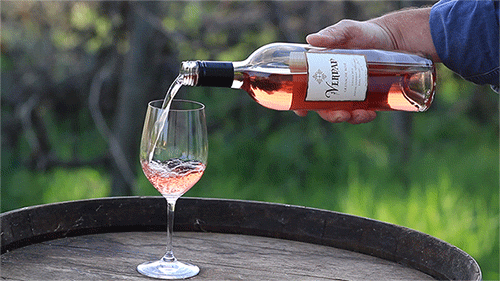
While I do savour the nuances of wine, I must humbly confess that I possess no expert command over the arcane art of grape cultivation. Nevertheless, even to my untrained eye, the vineyard lay in a mournful state, its once-vibrant vines now desiccated and frail. With a tinge of regret, our guide delivered the somber news, “Regrettably, the vines have all succumbed,” adding, “We now craft our wines from grapes imported from the verdant vineyards of South Africa.”
If this revelation weighed upon our hearts, I can scarcely imagine the depths of despair it must have plunged the winery’s intrepid founders into. Namibian agriculture dances to the erratic rhythms of seasonal rain, and for two consecutive winters, this vital lifeline had dwindled to a mere trickle. This perilous predicament followed on the heels of a prolonged drought that stretched its withering grip from 2013 to 2019, casting ominous shadows upon the horizon, threatening to burgeon into a humanitarian catastrophe. The cause, as illuminated by a recent report, left no room for skepticism: “Namibia now bears witness, more than ever before, to the unmistakable manifestations and consequences of climate change.”

In the face of such adversity, it would be a crass act indeed to bemoan the dearth of grapes. Our guide, a paragon of resilience and resourcefulness, divulged their audacious plan—to cultivate cacti and enter the world of tequila. Such unwavering resolve in the face of nature’s capricious moods commands nothing less than admiration.
As we roamed through the intricate labyrinths of Erongo Mountain Winery’s facilities, it swiftly became apparent why they steadfastly embrace imported grapes in their winemaking endeavours. The substantial investments in cutting-edge machinery and prized French oak barrels spoke volumes of their commitment. Moreover, their audacious foray into whiskey production added a bold layer to their repertoire.
However, what truly captivated the imagination was their innovative approach to malt-drying, where, instead of conventional peat, they employ a surprising yet ingenious substitute – elephant dung. Before dismissing this notion with a shudder, consider that these gentle herbivores bestow upon it a grassy essence that, when ignited, diffuses a surprisingly pleasant aroma, far removed from any initial revulsion one might conjure.
Following our immersive tour, we settled in for a lavish dinner paired with a tantalising wine tasting experience. The culinary offerings proved mostly exceptional, with the braised beef cheeks standing out as a delectable testament to tenderness and opulence. Yet, when it came to the wines, a sigh of disappointment hung in the air.
I yearn to regale you with tales of Namibian wine as an uncharted jewel, akin to the vinous treasures of Georgia. Alas, I must temper your expectations, for recounting the flavours of most wines served that evening remains a daunting task. It appears that these bottles, guardians of terroir and tradition, fell victim to the cruel hands of improper storage.
If my taste buds are any indication, they seem to have succumbed to the sweltering clutches of heat, prematurely aging into a treacly oblivion.
In the face of such a somber revelation, it’s disheartening to contemplate the journey undertaken by those who dared to establish a winery in this arid desert realm, defying all odds. Yet, a veil of negligence appears to have shrouded their precious wares. Amidst the disheartening tapestry, one wine, the Viognier, emerged as a ray of hope, the sole beacon of drinkability among the tasting. It, too, may not have ignited a fervour of inspiration, but it did grace our palates with a modest and pleasant embrace.
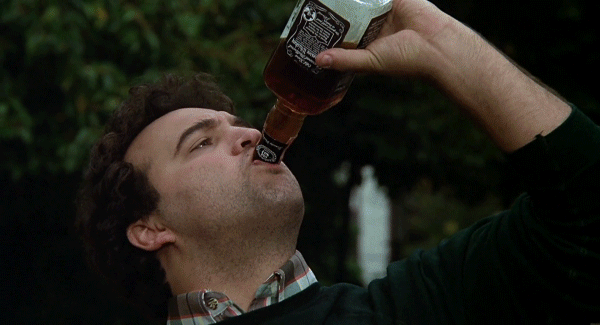
On a brighter note, the liqueurs offered a delightful reprieve with their enchanting flavours. My curiosity led me to savour the Ondjaba elephant dung whiskey, a revelation of fiery, peppery, yet fragrant splendour that danced on the taste buds in perfect harmony. It came as no surprise to discover that this exceptional elixir had recently claimed the coveted Gold at the esteemed San Francisco World Spirits Competition.
While Erongo wine graces the shelves of Namibian supermarkets, I can only hope that these precious stocks have been bestowed with better care than their brethren at the winery itself. In the grand tapestry of global viticulture, it remains a formidable challenge for Namibia to etch its presence. Yet, a glimmer of hope lingers on the horizon, and it gleams most brilliantly in the realm of whiskey. The future of Namibian whiskey appears destined for a gilded path.
Also Read: Fuel Your Fitness: Nutrition Tips with Alani Nu Drink



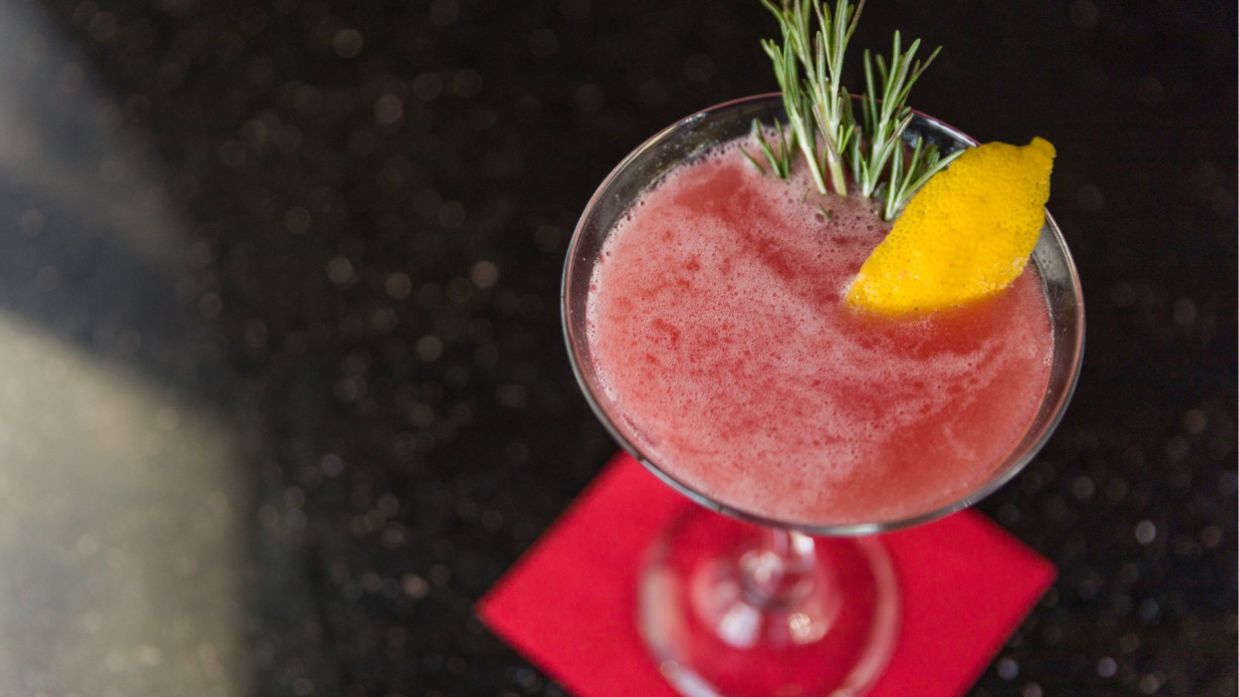
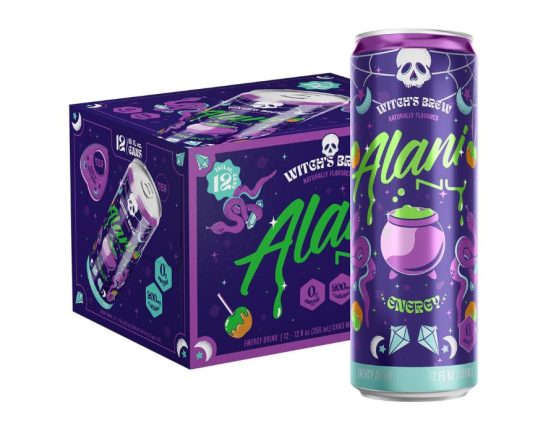
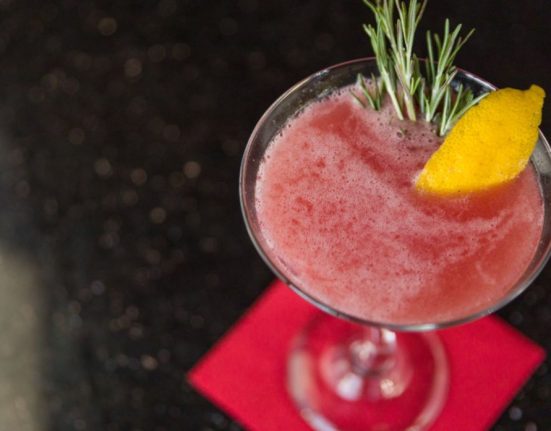
Leave feedback about this